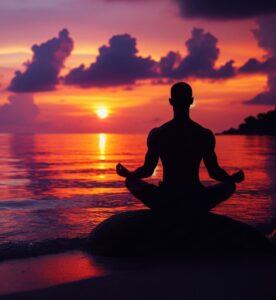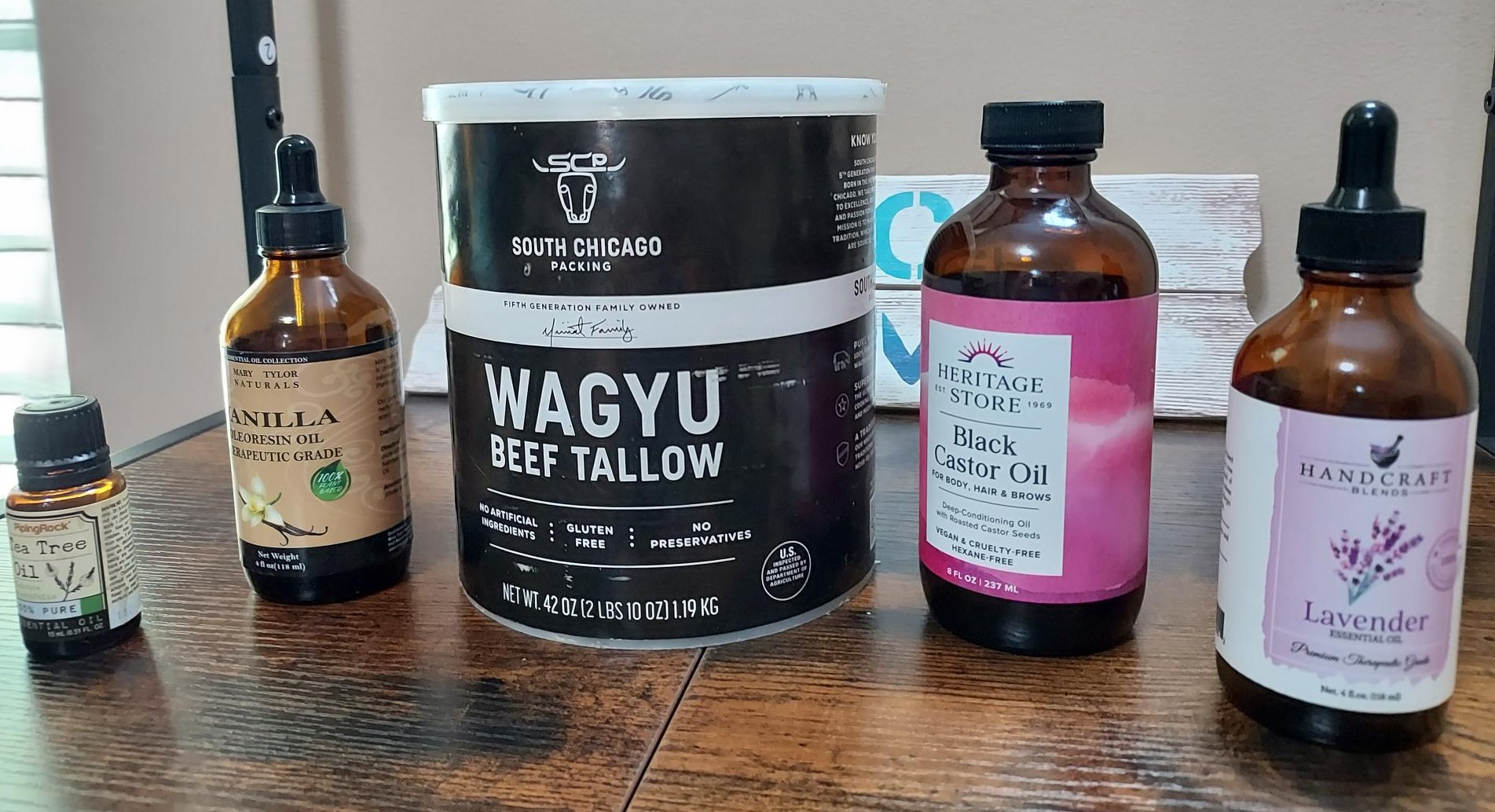
I’m often struck by the power of meditation to enhance mental well-being. It’s not just a state of sitting quietly; it’s an active training of the mind to increase awareness, and a practice that’s been proven to yield significant benefits for mental health. From the clarity it brings to the calmness infused into daily life, meditation’s impact is profound and well documented. Everyone can benefit from even short bouts of meditating.
Evidence suggests that meditation can be a formidable tool in managing anxiety, depression, and stress. By redirecting thoughts and learning to dwell in the present moment, individuals can witness a decrease in the worrisome narratives that often dominate their minds. Moreover, meditation promotes emotional health by fostering a greater sense of peace and stability.
Embracing a meditation routine doesn’t require hours each day; even short, daily sessions can make a difference. It’s about consistency and finding the right practice that resonates with your routine and personality. For everyone, including the growing number of Americans over 50 who meditate, the practice can be a cornerstone for aging gracefully, both mentally and physically.
Next, I’ll guide you through the remarkably simple, yet often misunderstood, steps of starting a yoga practice. After all, yoga and meditation share a symbiotic relationship that enhances the well-being of body and mind. If meditation serves as a mental anchor, yoga is its physical counterpart, and together, they create a holistic approach to health that can support you through all life’s stages. I feel that yoga relaxes and eases the mind.
Yoga for Beginners: Laying the Foundations of a Sustainable Practice
The belief that you need to be flexible, fit, or spiritual to start yoga couldn’t be further from the truth. Yoga welcomes everyone, no matter their starting point. It’s about making progress at your own pace, not performing perfect poses from day one.
To embark on your yoga journey, begin with these simple steps. First, set a clear intention. Ask yourself why you want to practice yoga. This intention will be your guide, keeping you motivated and focused. Identify a word or short phrase that resonates for you when you step on the mat. Some I use regularly: “Center”, “I am worthy”, “focus” , “breathe” , ” I am loved”, “I am enough”
Secondly, create a comfortable space for practice. You don’t need a studio; a quiet corner at home will do. Just ensure enough room to move freely.
Third, choose the right style for you. From gentle, restorative yoga to more dynamic forms like Vinyasa, there’s a type of yoga for every preference and ability level. Start with the basics and gradually explore different styles.
Lastly, make use of available resources. Numerous online platforms offer guided sessions for beginners. Enroll in a class or try following a video tutorial to understand the fundamentals of yoga postures and breathing techniques. YouTube has some great yoga instructors. “Yoga with Adrienne” has hundreds of videos. She usually has a new 30-day yoga Journey at the beginning of each calendar year with a different theme.
Remember, the first step is the hardest, but it’s also the most important. Your first goal is consistency over perfection. Try to incorporate short sessions into your regular routine and gradually increase the duration as your comfort with the practices grows.
Yoga’s flexibility in practice makes it an invaluable ally throughout life’s ups and downs. It doesn’t just enhance your physical health; it fosters a sense of mental balance as well. In the next section, we’ll explore the wide-reaching benefits of yoga across all life stages and how it can be a source of strength, from the vibrancy of youth to the wisdom of older age.
Benefits of Yoga Through the Ages: A Lifelong Ally for Well-being
Yoga adapts to your needs at every stage in life, offering an array of benefits whether you’re a teen or well into your retirement years. It isn’t an activity reserved for when you’re young or at peak physical fitness; rather, it’s a companion that evolves with you, capable of enhancing your quality of life across the board.
For children and teenagers, yoga serves as a catalyst for growth and learning. It instills habits of concentration and patience, encourages physical development, and nurtures a positive self-image. In an era where screens often dominate free time, yoga provides a precious opportunity for young people to connect with their bodies and find a sense of calm. It is never too early to introduce gentle yoga to children.
As we navigate the complexity of adulthood and mid-life, stress becomes an ever-present challenge. Yoga steps in as a powerful tool to maintain equilibrium, offering methods to center ourselves amid career pressures, family responsibilities, and societal expectations. It’s not just about staying fit; it’s about fostering mental resilience and finding moments of tranquility in a hectic world. Regular yoga can delay the effects of aging and assist in keeping mobility to enjoy life activities.
Transitioning into the later stages of life, yoga shows its versatility once more. Maintaining flexibility, supporting joint health, and even contributing to cognitive well-being, it’s a means to retain independence and zest for life. Classes tailored to older adults make yoga accessible, emphasizing softer movements and mindfulness techniques that are gentle on the body.
Yoga’s inclusivity and adaptability are what make it invaluable as life unfolds. The continuous learning and growth nurtures physical and mental health across generations.
Meditation for All: Making Mindfulness Accessible and Inclusive

I’ve seen a common myth take hold: the idea that meditation is a selective club with restricted entry. But I stand firmly on the fact that meditation doesn’t require special equipment, ample time, or mystical experiences. It’s a universal activity that welcomes all, regardless of age, culture, or background.
While meditation might conjure images of silent retreats or complicated techniques, the truth is far more accommodating. There are meditation practices as varied as the individuals who use them: from focused breathing during a lunch break to guided visualizations before sleep. Every person has the ability to find a method that resonates with their unique lifestyle and personality. You do not have to meditate for hours on end, take a vow of silence or live in a monastery to benefit. Even short 2-5 minute breaks to clear the mind are beneficial in reducing stress and promote a positive mindset.
I want to offer you some practical steps to integrate meditation into your day. Begin with short, manageable sessions. Even five minutes can make a difference. Designate a quiet space for this practice, and consider using apps that provide guided sessions if starting on your own feels daunting. Gradually, you may increase the time or explore different techniques as you grow more comfortable.
The broader impact of embracing meditation across society can’t be overstated. A more mindful community fosters empathy, cooperation, and calm — virtues in high demand. We benefit not only as individuals but together, as meditation’s ripple effects touch those around us.
Meditation has been proven to have profound benefits. A healthier, more connected society awaits us as more and more individuals tap into the transformative power of meditation.





